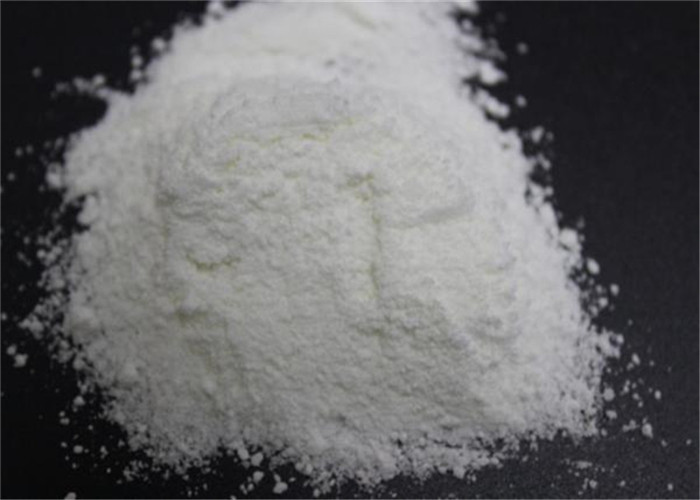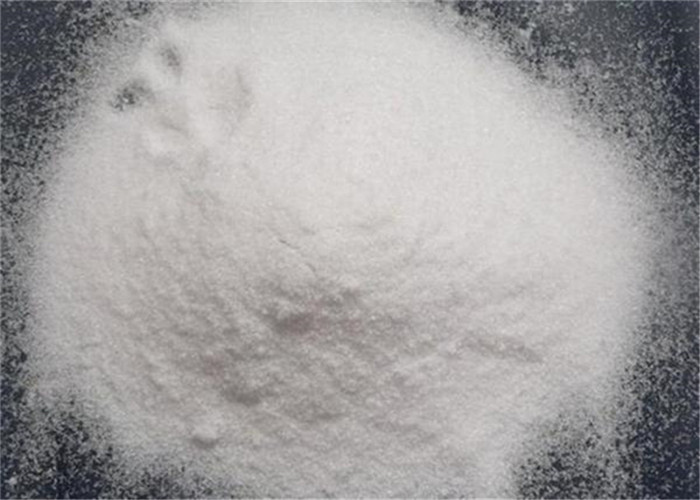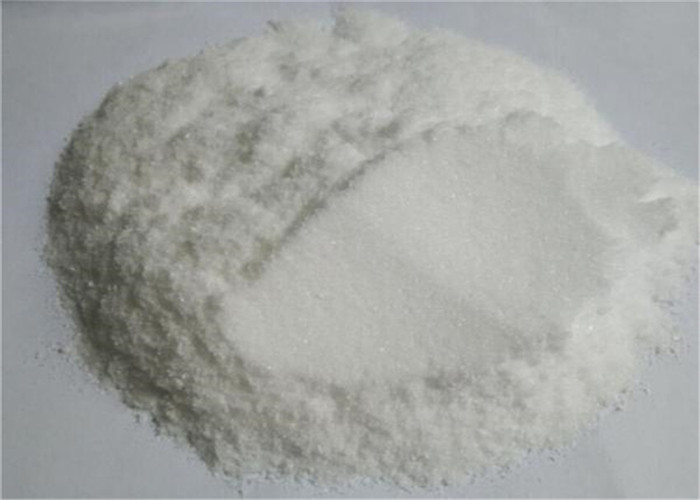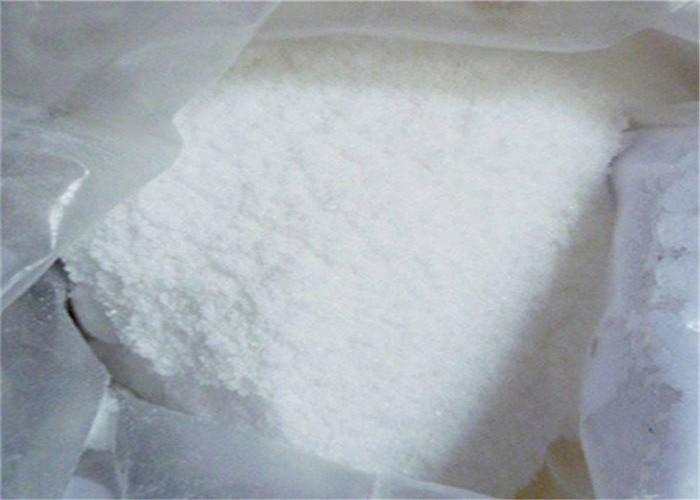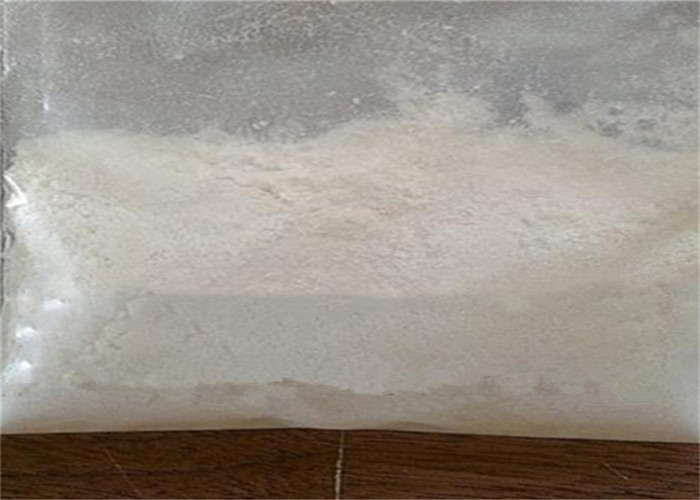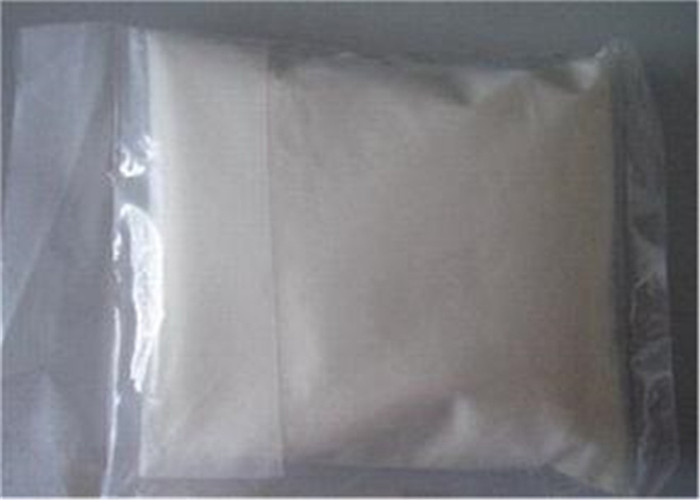CASO 51-05-8 Procaine Hydrochloride For Reduce Pain
Detalle rápido
Nombre del producto: Procaína HCL
Otro nombre: clorhidrato de procaína
CASO: 51-05-8
Apariencia: polvo de cristales blancos
pureza: 99%
Marca comercial: Pharmlab
Original: porcelana
Calificación: Grado farmacéutico
Paquete: Paquete disfrazado ; Bolsa de aluminio
Fecha de entrega: 3-5 dias laborables
Certificado: YO ASI 9001, USP,GMP
Pago: Western Union, MoneyGram, T / T, bitcoin
Transporte: EMS,HKEMS,EUB,EFECTO,FEDEX,DHL,UPS,Aramex,ETC
Política: Política de reenvío
Fórmula molecular: C13H21CLN2O2
Peso molecular:272.77
Especificación
| Elementos de prueba |
Especificación |
Resultados de la prueba |
| Apariencia |
Bien, blanco, cristalino, polvo inodoro |
confirmar |
| Identificación |
ABC en pase |
confirmar |
| Solubilidad |
Muy soluble en agua, soluble en alcohol; insoluble en éter y benceno |
confirmar |
| Normas de referencia de USP |
USP Tetracaína Hidrocloruro RS. USP Endotoxin RS. |
confirmar |
| Punto de fusion |
145~ 150 grados |
146.0~ 147.5
grado |
| Pureza cromatográfica |
En pasaje |
confirmar |
| Sustancia relacionada |
No más que la solución de referencia 0.05% |
confirmar |
| Metales pesados |
≤10 ppm |
confirmar |
| PH |
4.5-6.5 |
5.8 |
| Residuos en ignición |
≤0.10% |
0.05% |
| Pérdida al secar |
≤ 0.5% |
0.19% |
| Ensayo |
98.0 -101.0% |
100.1% |
| Conclusión |
Confirma USP 32 |
Descripción:
Clorhidrato de procaína, also called Novocain, or Procaine HCl, synthetic organic compound used in medicine as a local anesthetic. Introduced in 1905 under the trade name, it became the first and best-known substitute in local anesthesia. Generally used in a 1 a 10 percent saline solution, procaine hydrochloride is administered by injection for infiltration (area flooding as in dental anesthesia), nerve-block, spinal, and caudal anesthesia. Unlike cocaine, procaine is not toxic, addicting, or irritating. It has been displaced somewhat by the chemically related drugs lidocaine and mepivacaine, which produce prompter, more intense anesthesia.
Procaine was first synthesized in 1905, shortly after amylocaine. It was created by the German chemist Alfred Einhorn who gave the chemical the trade name, from the Latin nov- (meaning new) and -caine, a common ending for alkaloids used as anesthetics. It was introduced into medical use by surgeon Heinrich Braun. Prior to the discovery of Stovaine and, was the most commonly used local anesthetic. [Cita necesaria] Einhorn wished his new discovery to be used for amputations, but surgeons preferred general anesthetic. Dentists, sin embargo, found it very useful. Einhorn was displeased by this and spent many years touring dental schools to advise them not to use it.
The primary use for procaine is as a topical anaesthetic.Procaine is used less frequently today since more effective (and hypoallergenic) alternatives such as lidocaine (xilocaína) exist. Like other local anesthetics (such as mepivacaine, and prilocaine), procaine is a vasodilator, and is often coadministered with epinephrine for the purpose of vasoconstriction.

